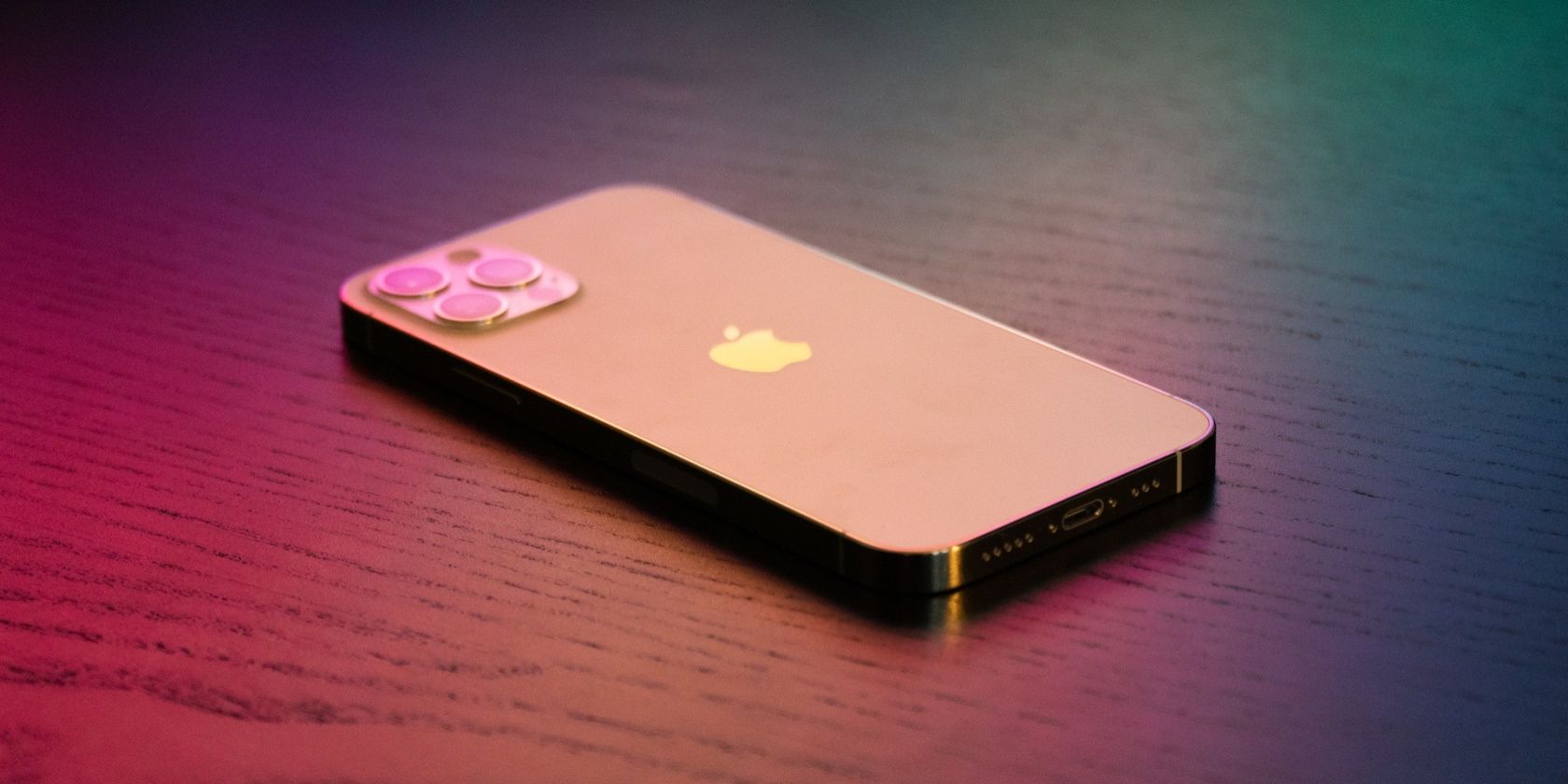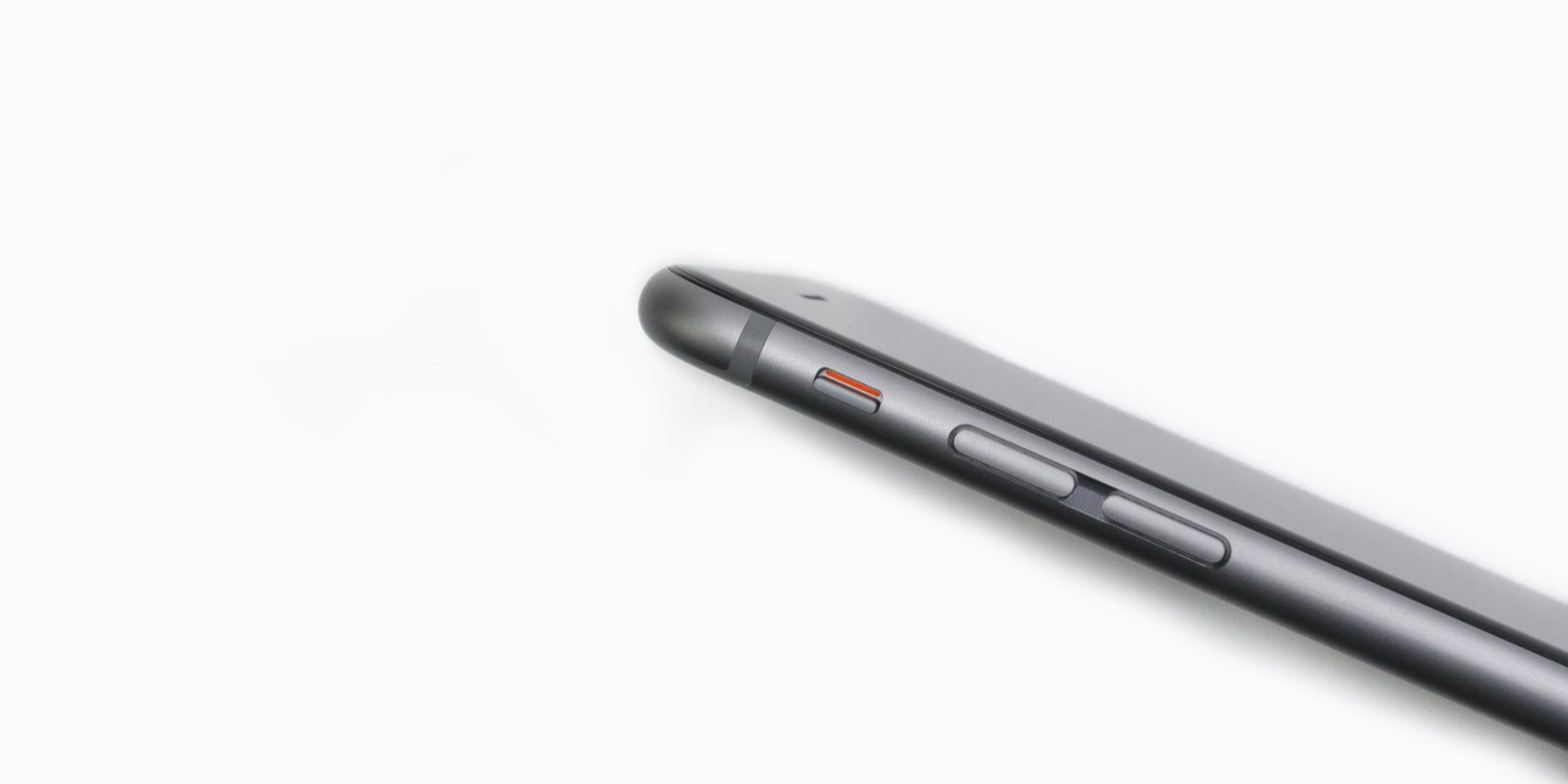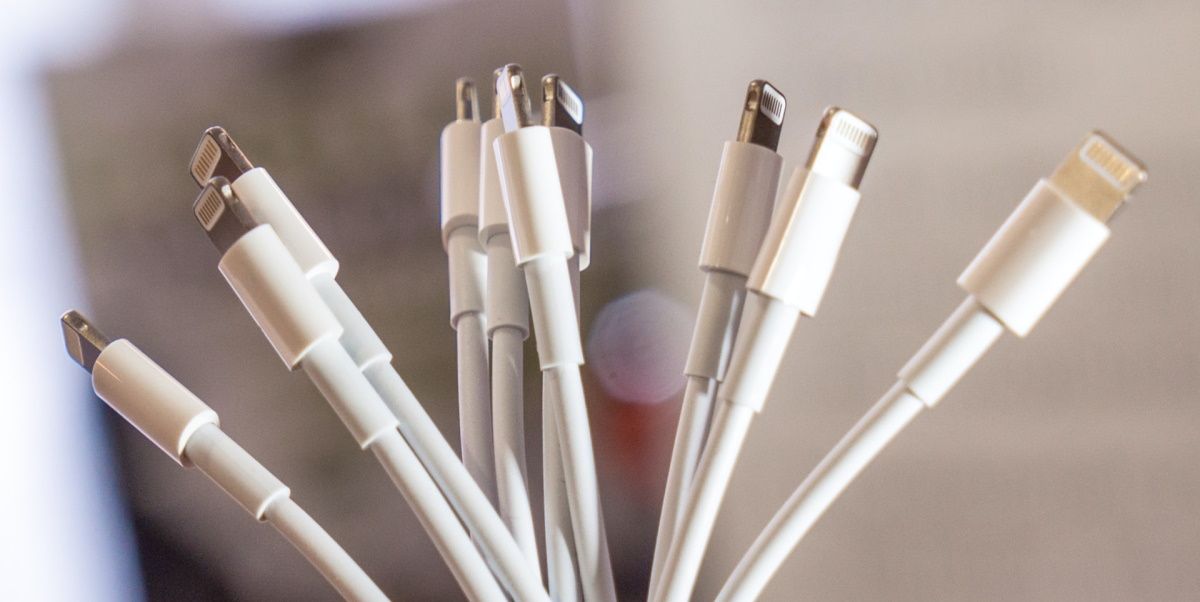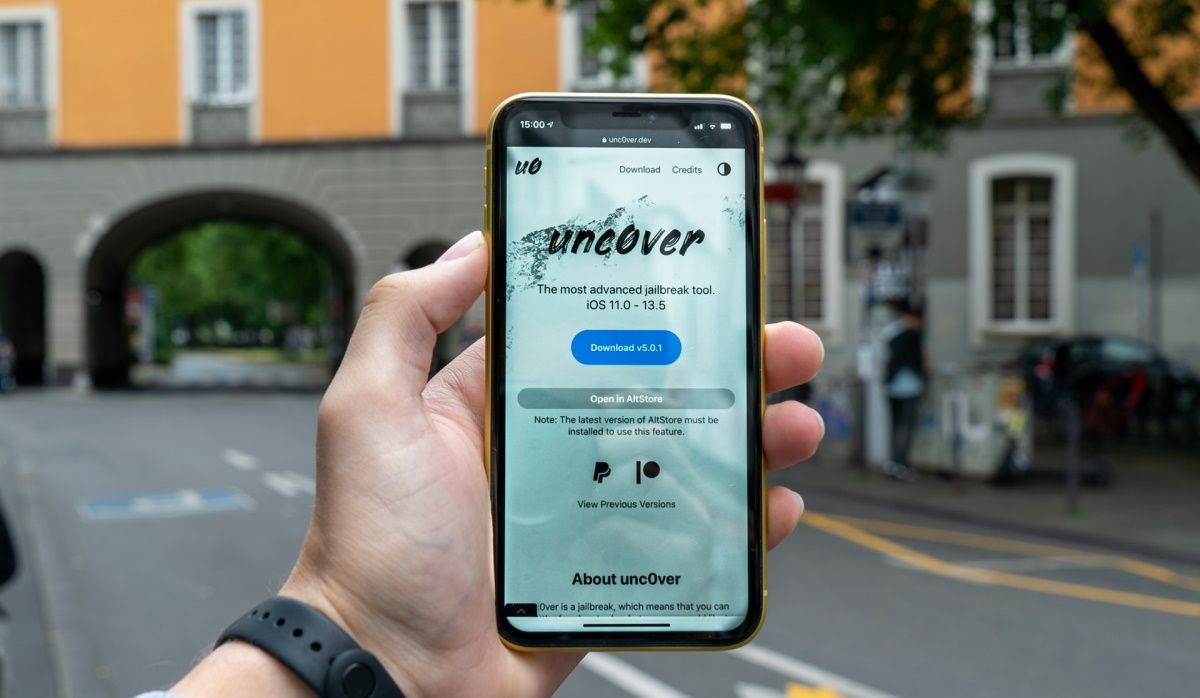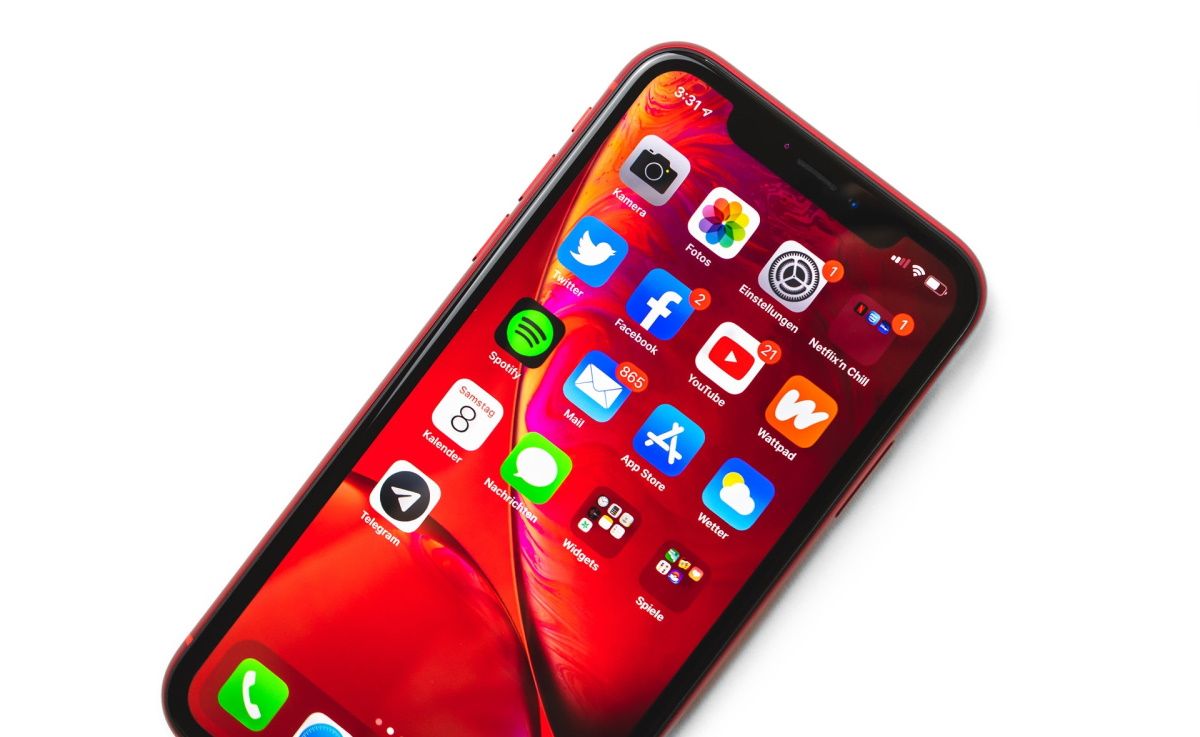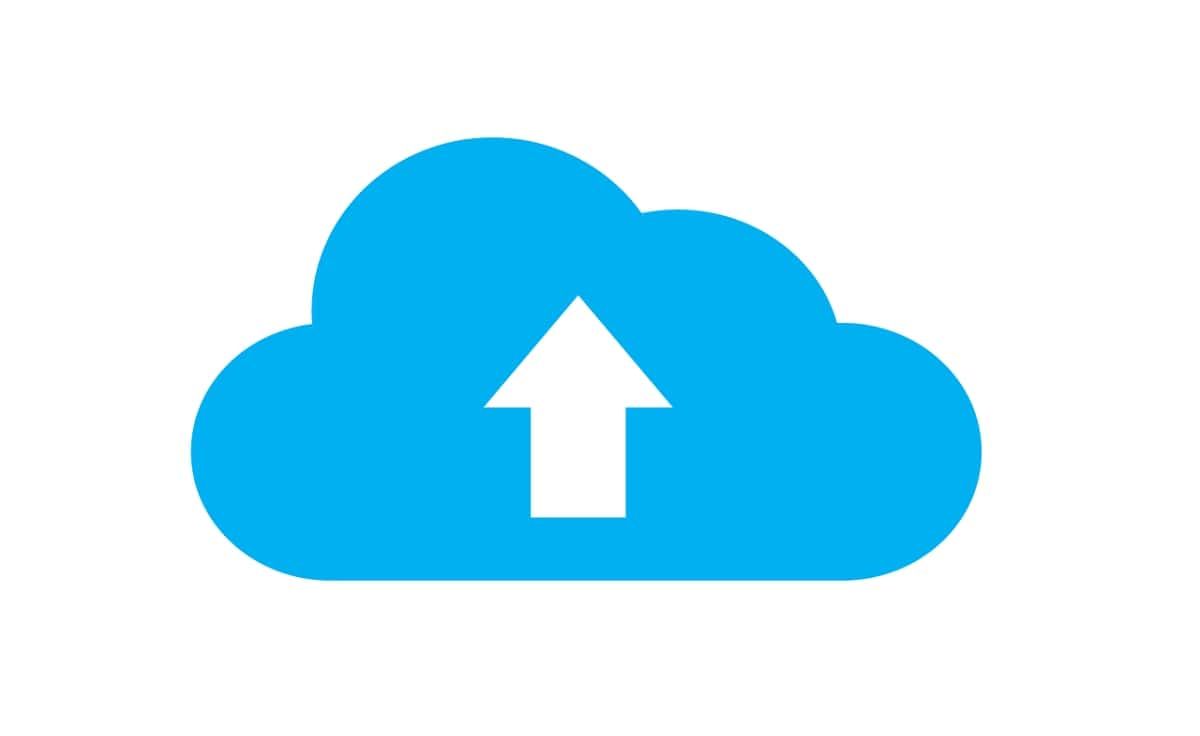So, you’ve just gotten your first iPhone. For many, unwrapping that plastic casing and holding the device for the first time is an exciting experience, a rite of passage into the ranks of Apple’s loyal following. However, you want to familiarize yourself with its unique features to get the most out of your device and put an end to the following common first-time user mistakes.
As a first-time iPhone user, you might not be familiar with all the features and functions this exceptional device offers. Here, we’ll explore some common mistakes you might be making.
8. Using Third-Party Password Managers
With so many services and accounts to keep track of, and considering that you need to avoid common password mistakes like using your pet’s name, password managers have become increasingly popular. However, before you start searching for the best third-party password managers for your device, you should know you have a convenient and secure solution on your iOS device called iCloud Keychain.
iCloud Keychain is Apple’s built-in password manager that can help you create and store strong passwords for all your accounts, as well as autofill them when needed. Furthermore, it supports two-factor authentication, which adds an extra layer of security to your accounts. It also provides you with security recommendations and can detect compromised passwords.
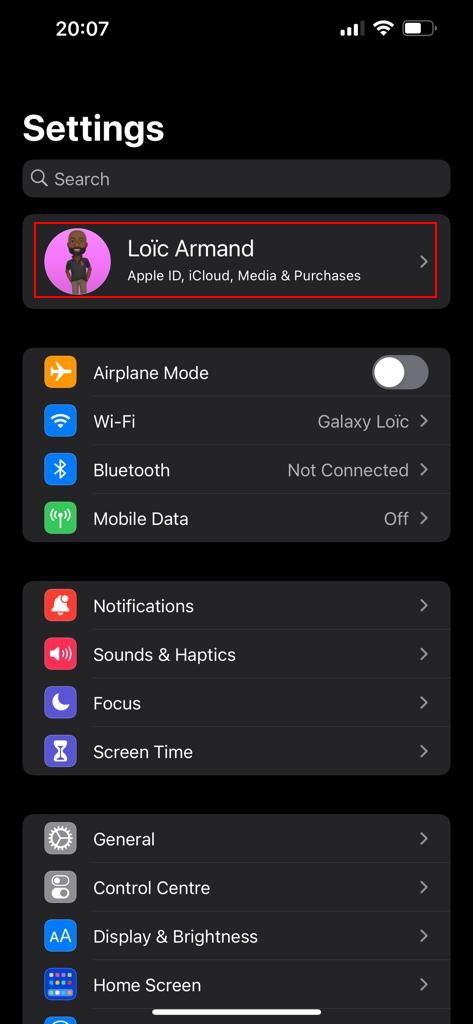
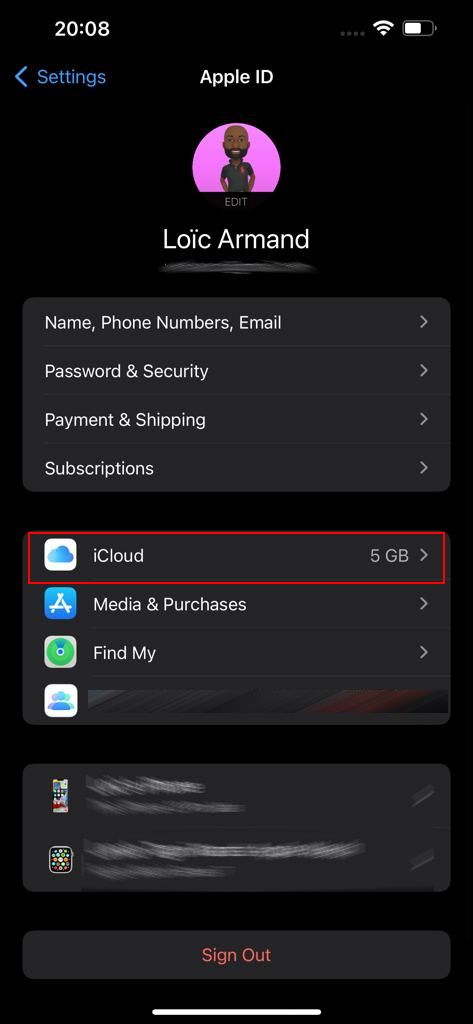
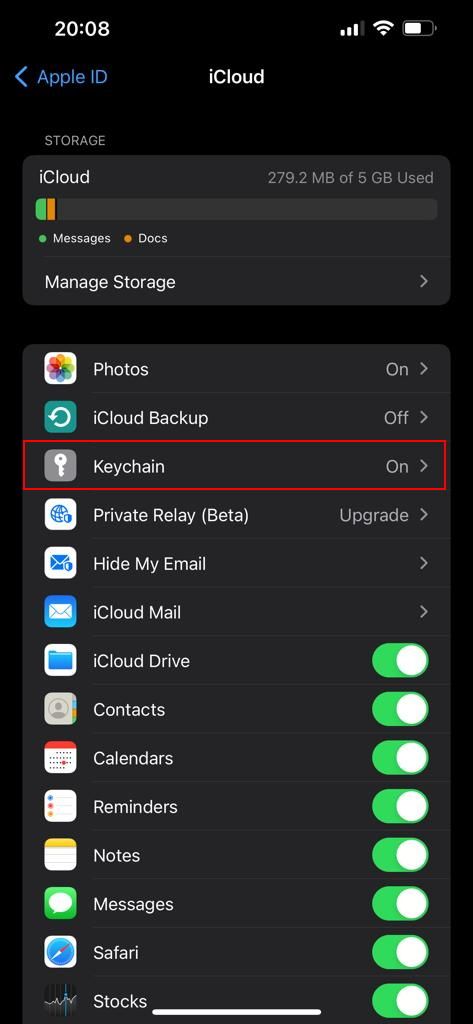
To start using iCloud Keychain, go to Settings, tap on your name at the top, select iCloud, and scroll down to Keychain. Toggle it on. If you want to add or view saved passwords, go to Settings and scroll down to Passwords.
7. Not Using the Ring/Silent Switch
One of the most useful hardware features on the iPhone is the Ring/Silent switch. It’s located on the left side of the device, just above the volume buttons.
Considering that Apple typically favors a minimalistic approach, as seen with the removal of the home button and headphone jack, you might find it surprising that they have kept a dedicated hardware switch for such a simple task, more so if you made the switch from Android.
On your previous Android phone, you had to use the software button or volume rocker on the side to put the phone into silent mode. However, this poses two main problems:
- You might not always want to wake your display to put your phone in silent mode. For example, it can be rude to do so in a meeting or might affect your sleep when you are in bed at night.
- If you are watching a video or listening to music, using the volume rocker can unintentionally lower or raise the volume of your media.
This is where the iPhone’s hardware switch comes in handy, as you can quickly and easily silence your device without interacting with the display or affecting the volume of your media. In addition, you can just glance at the switch to see whether your device is in silent mode, since you will see the orange line when in this mode.
6. Using Unlicensed Accessories
So, you have misplaced or damaged your iPhone’s charger and need a replacement as soon as possible. You get to the nearest electronics store, and you are pleased to find off-brand accessories that are significantly cheaper than Apple’s official chargers. You might be tempted to buy one of these unlicensed accessories, but you should know that doing so might damage your smartphone, which will cause you to spend more in the long term.
These unlicensed chargers or accessories might not have been subjected the same rigorous safety testing as Apple’s official or licensed accessories, putting your device at risk. To ensure that you are using a safe and compatible third-party accessory, make sure it has the MFi (Made for iPhone) logo, which lets you know that Apple has approved it.
5. Jailbreaking Your iPhone to Install Unsanctioned Apps
If you have switched to iPhone from Android, you might be missing all the customization options and the ability to sideload apps.
You have also likely heard about jailbreaking an iOS device to enjoy these benefits. If not, jailbreaking your iPhone means removing the restrictions imposed by Apple, allowing you to install unsanctioned apps from third-party sources.
However, you should know that jailbreaking your iPhone can void its warranty and might make it more vulnerable to malware and other security threats. Jailbreaking your device also makes it more challenging to install future software updates, exposing you to new security vulnerabilities.
Therefore, unless you know exactly what you are doing, we recommend that you avoid jailbreaking your iPhone.
4. Not Using the Optimized Battery Charging Feature
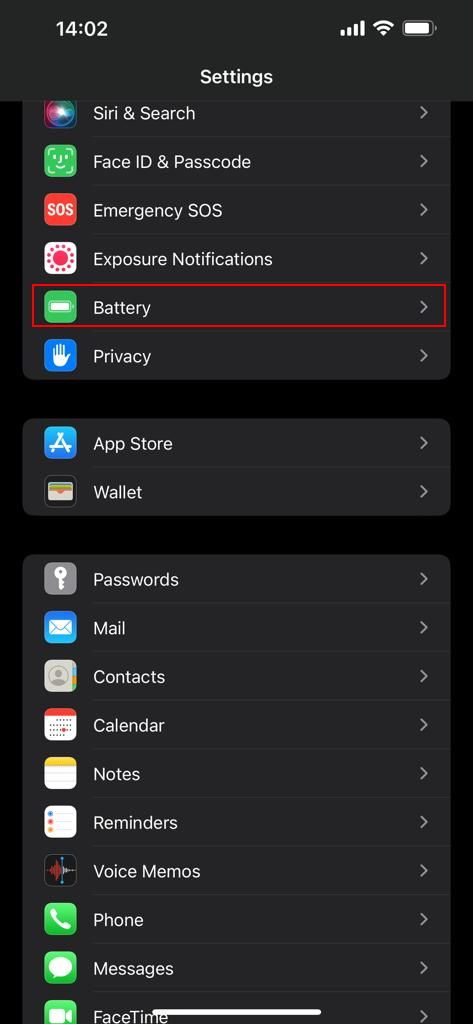
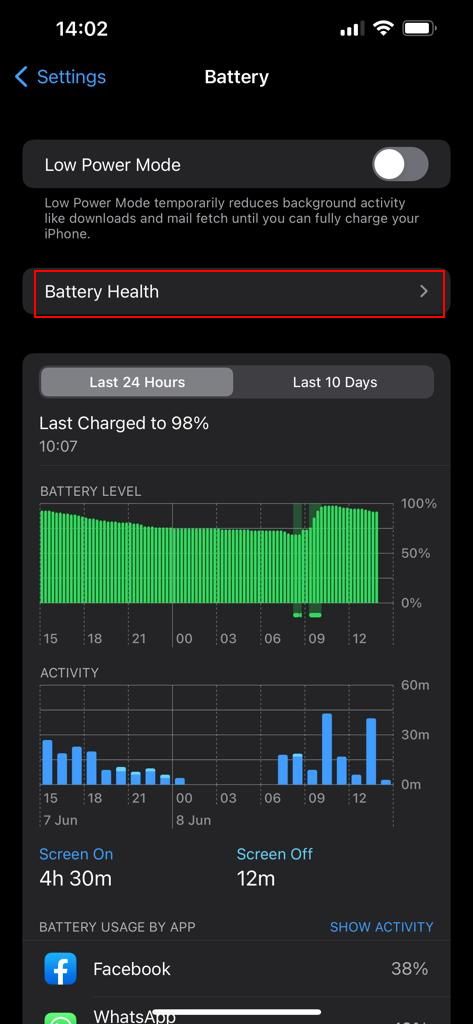
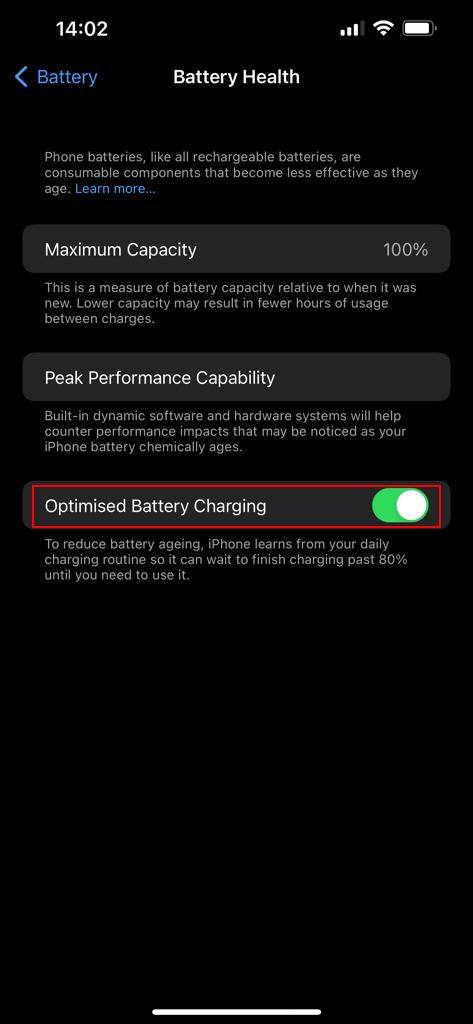
Lithium-ion batteries, which we use in most modern devices, including the iPhone, degrade over time. This means that your battery will not be able to hold a charge as long as it did when it was new. Although this aging process is inevitable, some factors contribute to faster battery degradation, including extreme temperatures (both high and low) and charging for extended periods.
One way to maintain your iPhone’s battery health is to use the Optimized Battery Charging feature. This feature uses machine learning to track when you usually connect your phone for extended periods and when you use your device. It then uses this information to delay the final stages of charging until you actually need to use your device, which helps to reduce battery aging.
To enable Optimized Battery Charging on your iPhone, go to Settings > Battery > Battery Health, and toggle it on.
3. Not Paying Attention to App Permissions
Each time you install an app on your iPhone, it will ask for permission to access certain features of your device, such as the camera, microphone, or your location. In the same way that you probably don’t read terms and conditions or user manuals, you might simply tap Allow without a second thought.
However, you should know that granting an app access to sensitive data such as your location or microphone can pose a privacy and security risk. Besides, paying attention to this only takes a few seconds, unlike reading those long and boring terms and conditions.
That said, if you want to review the app permissions you have granted, go to Settings > Privacy, and select the relevant category.
2. Not Configuring the Find My Feature

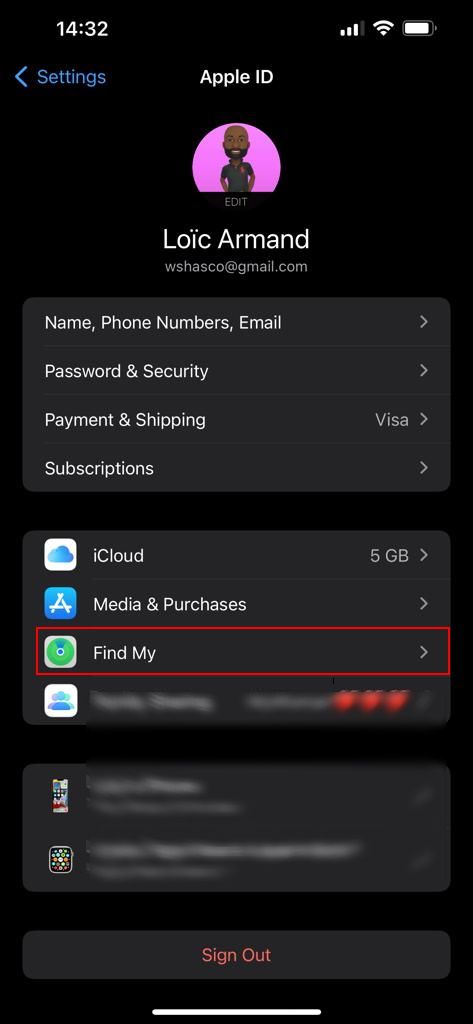
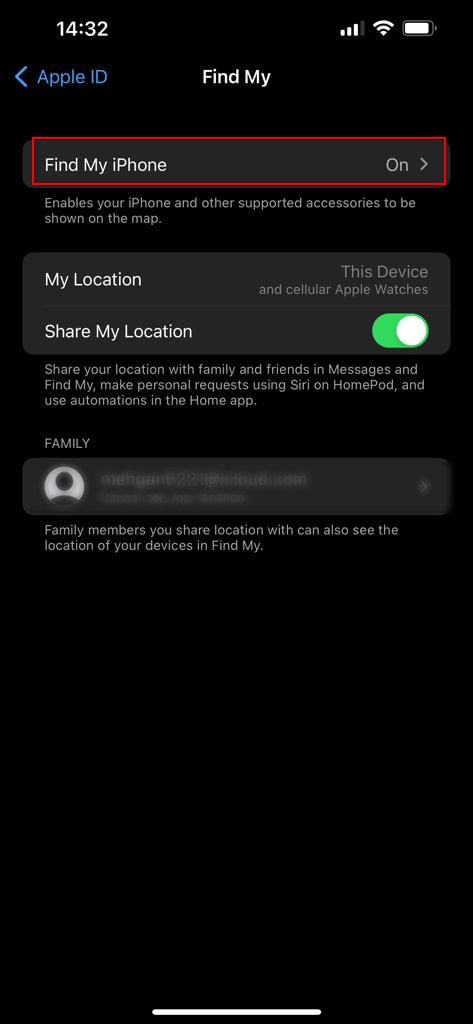
This is one feature you hope you will never have to use, but it is always better to be safe than sorry. The Find My feature allows you to locate your device if lost or stolen.
To set up Fine My, go to Settings, tap [Your Name] at the top of the screen, and select iCloud. Then, scroll down and turn on the Find My iPhone feature. You can also enable the Send Last Location feature to send your device’s location to Apple when the battery is low.
1. Not Backing Up Your Device Regularly
As your go-to companion, your iPhone contains important data, such as your contacts, photos, and messages. Losing this information can be devastating, especially if you don’t have a recent backup. If you use the iCloud Backup feature, your data will be backed up automatically as long as your smartphone is connected to Wi-Fi and a power source.
You can do this by going to Settings, tapping your Name at the top of the screen, and selecting iCloud. Then, scroll down and turn on the iCloud Backup feature.
Avoid These Mistakes to Make the Most Out of Your iPhone
As a first-time iPhone user, you might be making some mistakes that can reduce your device’s life span or simply fail to leverage some of its key features. These tips provide you with a good starting point to get the most out of your iPhone and enjoy using it for many years to come.

